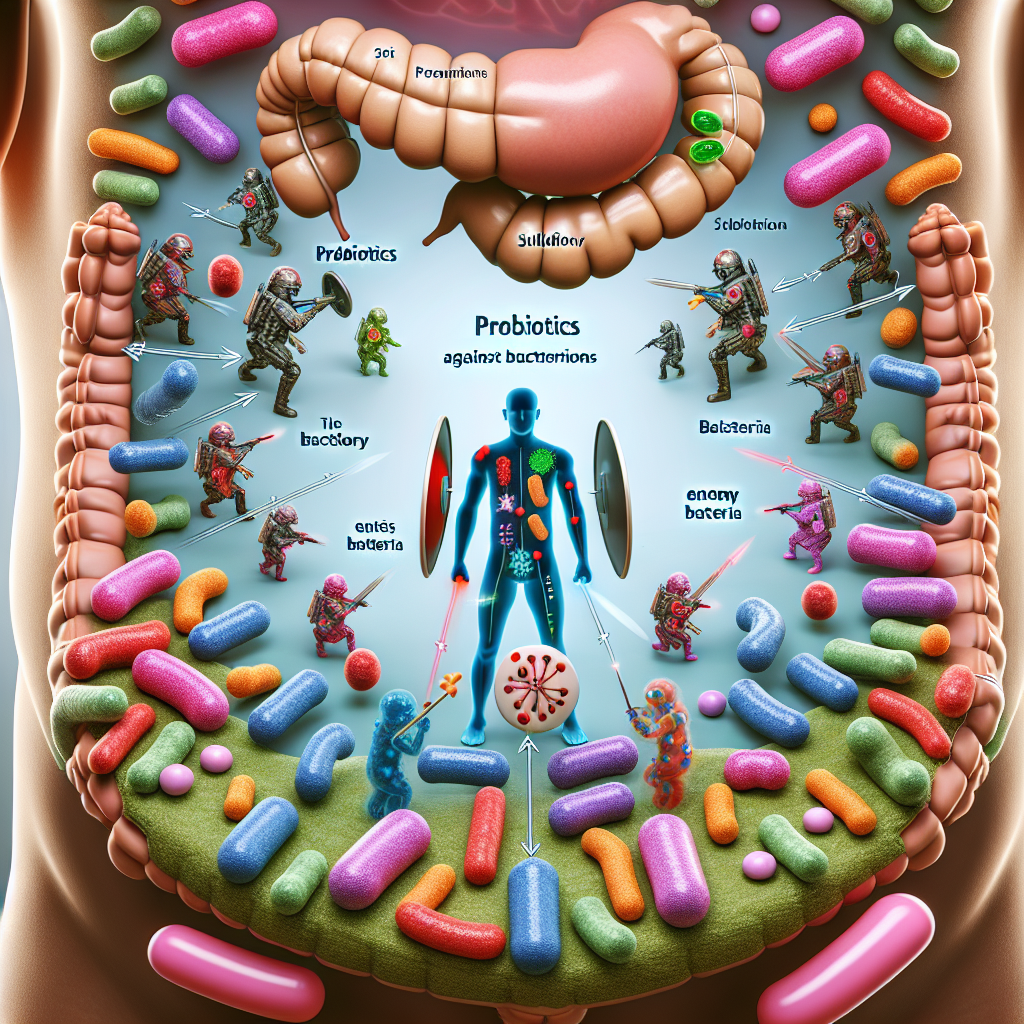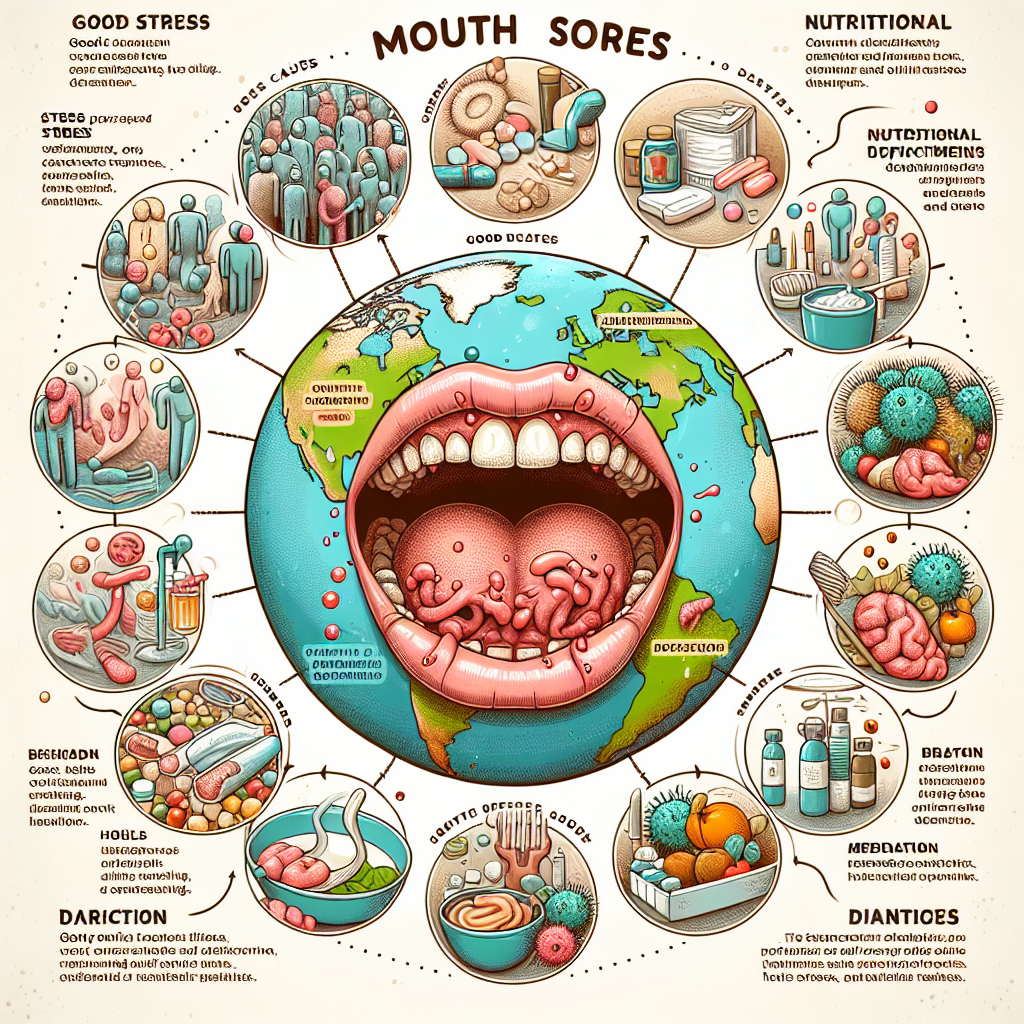===INTRO:===
Navigating the aftermath of COVID-19 has revealed a surprising range of health concerns, one of which is lower back pain. Many individuals who have recovered from the virus have noted persistent discomfort in their lower backs, raising vital questions about the connection between COVID-19 and this common ailment. Understanding lower back pain linked to COVID-19 is crucial for effective management and recovery, especially since it can significantly impact daily life and well-being. As people strive to regain their health, recognizing the intricacies of this issue is essential.
Exploring the Connection Between COVID-19 and Lower Back Pain
Lower back pain is a condition that affects countless individuals worldwide, and recent studies suggest a growing association between this discomfort and COVID-19. Research indicates that some patients experiencing long-term effects of the virus, often referred to as "long COVID," report new or worsening back pain. This correlation might stem from various factors, including inflammation, immune responses, and changes in physical activity levels during illness. Individuals who were previously active may find their mobility hindered post-infection, leading to muscle tension and imbalances that manifest as back pain.
In addition to physical changes, psychological factors play an undeniable role in the experience of back pain among COVID-19 survivors. The stress and anxiety surrounding the pandemic, coupled with the fear of long-term health implications, can exacerbate physical discomfort. Mental health issues such as depression and anxiety have been reported to correlate with an increased perception of pain, creating a vicious cycle that may perpetuate feelings of discomfort. Understanding this connection is key to addressing both the physical and emotional aspects of recovery.
Furthermore, the impact of prolonged bed rest during illness cannot be overlooked. Lengthy periods of inactivity can weaken core muscles, which are essential for supporting the spine. As individuals transition back to their daily routines, they may inadvertently place increased strain on their lower backs, resulting in discomfort. Thus, acknowledging this multifaceted connection between COVID-19 and lower back pain enables both healthcare providers and patients to adopt a more holistic approach to recovery.
Effective Strategies for Managing COVID-19 Related Back Pain
To effectively manage lower back pain linked to COVID-19, a multifaceted strategy incorporating physical, emotional, and lifestyle adjustments is imperative. One of the most beneficial approaches involves targeted physical therapy. A trained physical therapist can design a personalized exercise program that focuses on strengthening core muscles, improving flexibility, and enhancing overall posture. These exercises can help alleviate pain and prevent future occurrences by reinforcing the body’s structural integrity.
In addition to physical therapy, mindfulness and relaxation techniques can significantly enhance pain management outcomes. Practices such as yoga, meditation, and deep-breathing exercises can reduce stress and promote relaxation, which in turn may lead to a decreased perception of pain. Integrating these practices into daily routines not only aids in managing back pain but also fosters a sense of control and well-being, which is especially crucial for those recovering from the emotional toll of COVID-19.
Finally, nutrition and hydration should not be neglected in the quest for relief from lower back pain. An anti-inflammatory diet rich in fruits, vegetables, lean proteins, and healthy fats can support recovery. Staying well-hydrated helps maintain disc health in the spine, which is essential for cushioning and support. Additionally, consulting with healthcare professionals about potential supplements that can aid in reducing inflammation may offer further relief.
===OUTRO:===
In summary, understanding lower back pain linked to COVID-19 requires a comprehensive approach that addresses both the physical and emotional dimensions of recovery. By exploring the multifaceted connections between the virus and back pain, individuals can take proactive steps to manage their discomfort effectively. Utilizing targeted physical therapy, mindfulness techniques, and nutritional strategies can lead to significant improvements in quality of life. If you’re experiencing lingering pain, consider reaching out to a healthcare professional to discuss personalized management strategies. Your journey towards recovery from COVID-19 and its associated challenges can begin with informed actions and a commitment to your health.
Understanding COVID-19: Navigating Loss of Appetite ChallengesUnderstanding COVID Laryngitis: Symptoms, Causes, and TreatmentUnderstanding COVID KP2 Symptoms: What You Need to KnowRelevant LinkRelevant LinkRelevant Link



